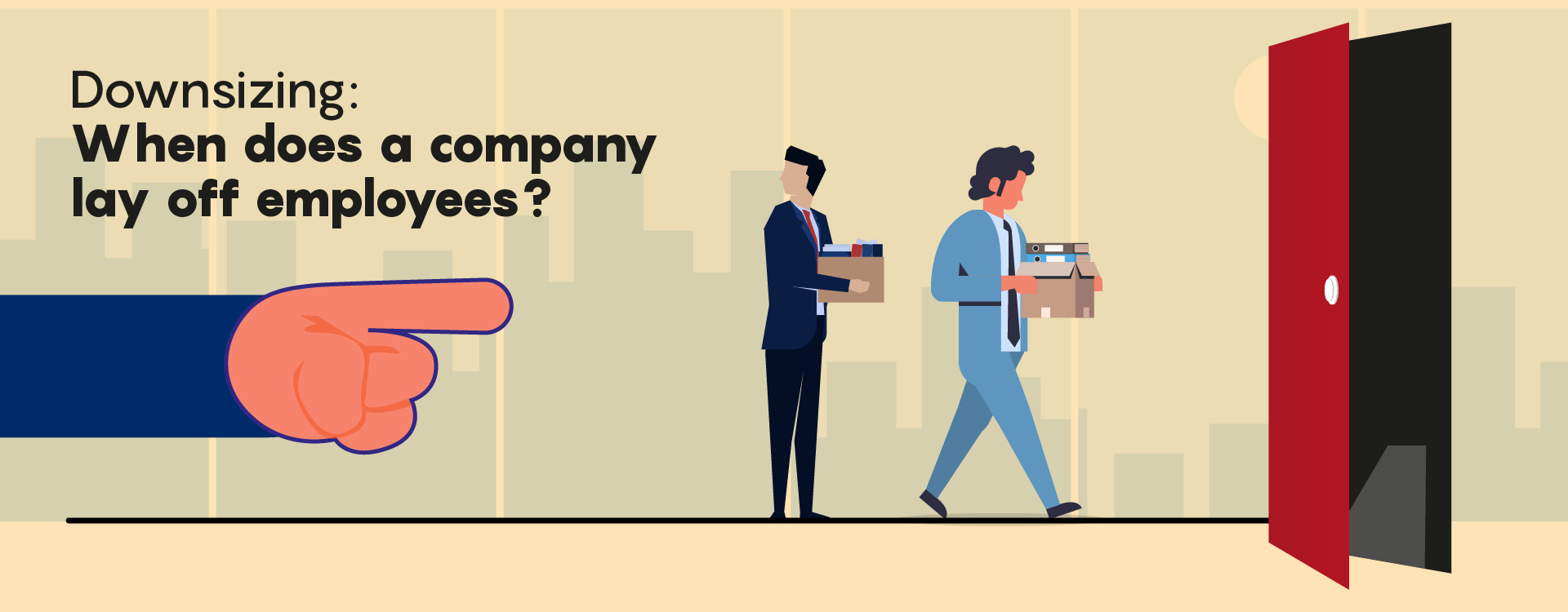During the COVID-19 pandemic, many businesses and companies were forced to cut costs and resultantly had to lay off their employees. The permanent reduction of a company’s employees by dismissing unproductive labour force and departments is what downsizing is described as in a typical scenario.
Downsizing is a common regulatory practice and is often associated with recessions and business failures, and rightly so. Economically speaking, cutting jobs is the fastest way to cut costs, and downsizing a store, branch, or entire division frees up assets for sale when the company recovers.
In the wake of the economic depression inflicted by the COVID-19 pandemic, Dropbox Inc on 13 January 2021 announced its COO’s departure and announced that it would cut 11% of its global workforce or 315 people as the file hosting service provider shifts business resources. Post the announcement, the company’s shares fell nearly 6% to $22.26.
‘‘
"Our Virtual First policy means we require fewer resources to support our in-office environment, so we're scaling back that investment and redeploying those resources to drive our ambitious product roadmap." - Drew Houston, Chief Executive Officer, Dropbox Inc.
In October 2020, the San Francisco-based company had said that remote work due to the COVID-19 pandemic would be a direct experience for its employees and its physical spaces will no longer be for daily individual work.
Many reasons can lead a company to downsize its workforce, the most common of which are:
Economic Problems: Poor economic conditions can force businesses to reduce their workforce’s size to maintain operations or profitability.
Industries’ Challenge: When a business is faced with a crisis due to technical or other problems, cost reductions become imperative, and laying off people is one way to do that.
Mergers and Unifications: When two companies merge, or two branches of a single company combine with one, downsizing comes into play.
Business Readjustment: When a company wants to restructure to “maximize revenue,” there may be reductions in employees to increase revenue and efficiency.
Competition: If a competing company reduces costs by reducing the workforce, it may be under pressure to compete.
Regardless of the basis for downsizing, when a company reduces its workforce, it should do so using non-discriminatory criteria. Downsizing isn’t necessarily a damaging practice for a business. While it is usually implemented during times of hardship, downsizing can also create leaner and more propitious companies.




